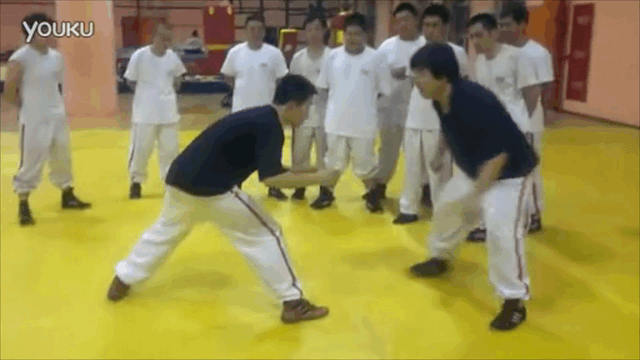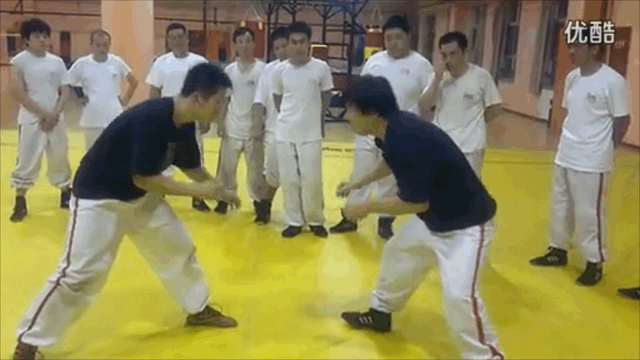skribs
Grandmaster
- Joined
- Nov 14, 2013
- Messages
- 7,504
- Reaction score
- 2,532
Exploring the variations is an important part of understanding the technique. But it’s still one technique and does not need to be over-complicated by giving it completely separate identities.
In My example of the books I read, those books could have been streamlined significantly if the fundamental technique was presented, and then variations were shown as part of that presentation. Instead, each variation was presented from the beginning to the end as if it was truly unique and separate. I think that is a cumbersome way to organize a body of knowledge.
There are two problems with this line of thinking, though.
- How do you decide what is enough variance of the technique that it becomes something new?
- How do you codify and present the variations? (This may be more of an artificial problem, but we'll get to that in a minute).
This is what I hinted at in my post above. Are the long-range hook and mid-range hook variations of the hook, or separate techniques? Are the lead hook and strong hook variations of the hook, or separate techniques? Right there, you could have 1, 2, 2, or 4 techniques, depending on how you break it down. And different people break it down in different ways.
You can take a lot of techniques and find similarities between them. The front kick and roundhouse kick are pretty darn similar, except that a roundhouse kick includes a pivot that the front kick doesn't. The back kick and spinning hook kick also start off very similar to each other, it's only the final strike that's different. Going the other direction, I know several different wrist locks that we tend to call "wrist lock" but they are fundamentally different from each other in execution. A front snap kick and a front push kick are also very similar (and usually both called "front kick") but executed very different from each other.
You could probably take this to the extreme and just lump every strike under one technique, since physics is the same for every strike. It doesn't matter if it's a knee, a foot, an elbow, a fist, a shoulder, hip, or forehead, the principles of how to generate force don't change from strike to strike.
- You want to use as hard of a surface as possible to strike with
- You want to put your weight behind the strike
- You want to accelerate your strike before hitting the target
- You want to follow through after hitting the target
- You want to strike your target on a vital point that's going to inflict maximum pain, damage, or disruption
Codify and Present
One of the issues that I see on a lot of TMA videos is this idea that what isn't presented isn't known. We have one fellow on this site who very much falls into that category (but I'm not going to call him out specifically), where if you don't present every variation of the technique and every way of adapting it, he assumes you don't know it at all.
Now, the simple solution here is just to ignore people like that, but in spite of how stupid the points they're making are, they say them with such conviction that a layman might assume they're right.
Let's say you demonstrate a technique, but you don't demonstrate every variation of the technique. Someone may see that as a hole in your training or curriculum, instead of just something that wasn't included for the sake of time. Of course, now that I think of it, that may happen no matter how you categorize them, as the commenters wouldn't know of your naming convention.


